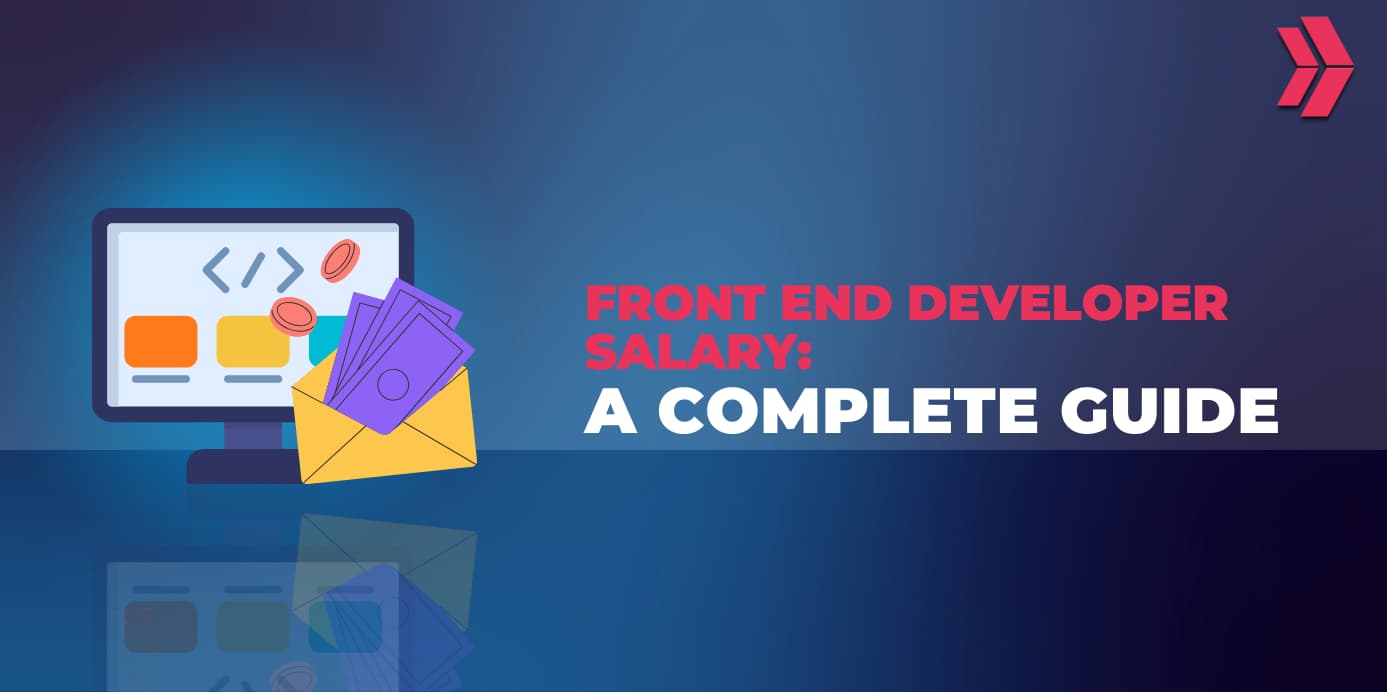To have a successful developer career in front-end development, it’s important to be proficient in several programming languages and technologies. You might feel lost about what topic you should learn in the case of front-end languages. There are a lot of topics, and every person needs some kind of roadmap for their process. Without knowing top front-end languages, you might learn old topics that the market no more needs. For example, PHP was the best language for web development a while ago; however, nowadays, it looks like one of the old front-end web development languages. As a developer, you should always keep an eye on new tech that will shape the development world.
In this article, we will discuss what front-end development is, the advantages of front-end programming, the top 10 front-end programming languages, and the future of front-end languages. After reading all, you will have an idea about where to start in the case of front-end programming.
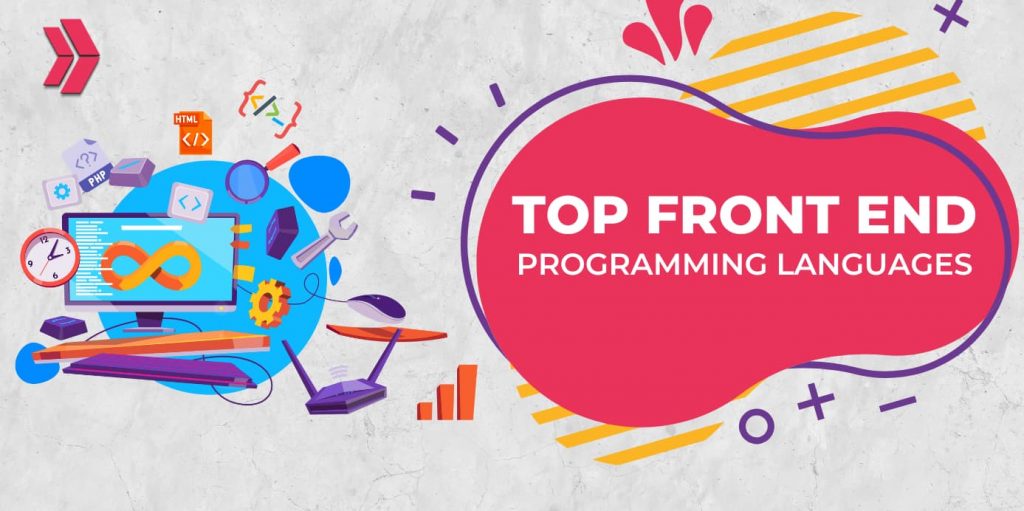
What is Front End Development?
Front-end development, also known as client-side development, is the process of designing, creating, and implementing the visual and interactive elements of a website or web application. When you open a website, you will see a nice layout of the web page, which has a navigation bar, a visual opening page, colorful buttons, and a cool footer. Those concepts that your eye can see and you can experience in the web app are the topic of front-end development.
In technical terms, we can define front-end development as “client-side”. It means that the front-end developer should concern with all aspects of the client’s behavior and enjoyment. You should know the best languages for front-end development to make the best user experience and interface.
What are the Advantages of Front-End Programming?
There are several advantages to front-end programming, some of which include:
- Front-end programming is easy to learn compared to back-end development.
- The layouts and features will be exclusive to front-end developers.
- Front-end programming allows you to create very fast web applications.
- The highly secure area where you can create less vulnerable websites to cyber attacks.
- Using your artistic abilities, you can design powerful and aesthetic websites.
Top 10 Front-End Programming Languages
JavaScript, HTML, and CSS indisputably dominate the front-end development landscape, with millions of developers utilizing their power and versatility to create captivating user experiences. Here are the top 10 front-end programming languages with features, pros, and cons.
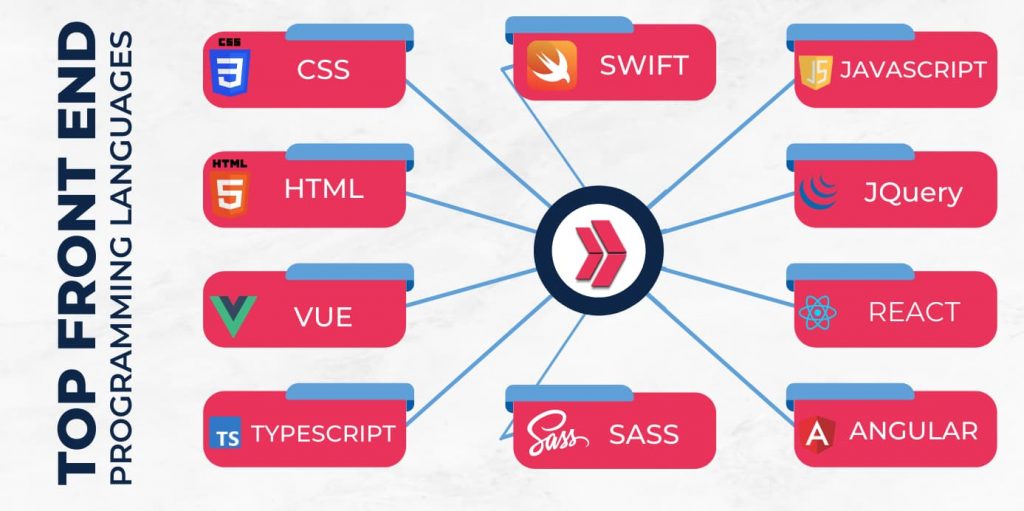
1. HTML
HTML stands for Hypertext Markup Language. It is a markup language used to create and design web pages. HTML is the skeleton of all websites. It is one of the most basic and important front-end languages for web development. The idea behind the website is the electronic document that refers to a page. So when you open a website page, it means you are opening an HTML file. So it is basically the most important part to understand the essentials of a website.
Hypertext means here that “text wrapped in another text” so the logic behind HTML is using meaningful elements like “<h1>” for Header or “<p>” for paragraphs. At this point, people might think, “How can a web browser know which HTML file it needs?”. To respond to this topic, we may state that a URL identifies a web page and redirects it to an HTML file. Therefore, all HTML documents must start with a document type declaration like <!DOCTYPE html>.
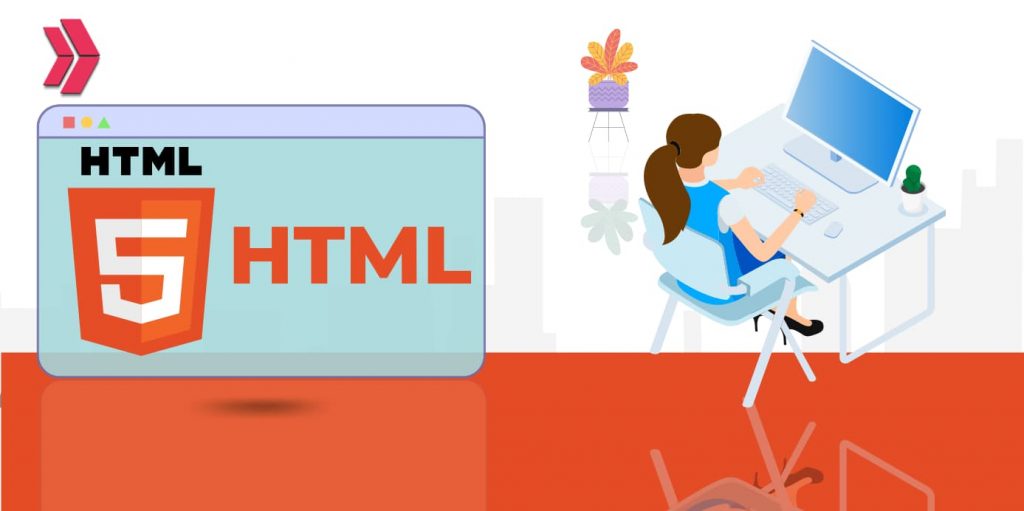
Features
- HTML is a programming language with a low learning curve and is simple to use.
- Moreover, the language is platform-neutral.
- HTML simplifies adding movies, photos, and audio material to a web page.
- The language can also be used to add hypertext material to text parts.
- HTML is a significantly simpler markup language than other languages.
Pros
- HTML is free to use. Developers don’t need to buy any software to get started with.
- HTML is very easy to learn. It is the starting point for web development; people can learn it in a few weeks.
- HTML has the ability to offer support and suitability for multiple browsers. For example, you can use Chrome, Edge, and Firefox HTML files.
Cons
- HTML is not enough to create colorful, dynamic web pages. It requires other languages like CSS and JavaScript to make fully functional websites.
- HTML has restricted security.
- You need to write a lot of code for a single website.
Famous Website Coded with HTML
- Take A Ride With Me
2. CSS
CSS stands for Cascading Style Sheets. It is a style sheet language used to describe the presentation and formatting of HTML and XML documents. CSS is one of the most important front-end programming languages that allow developers to create layouts and styles for web pages. As we mentioned, HTML is the skeleton of a website, and here CSS is the body of a website that has colors, styles, and layouts. It is basically created to make websites more presentable and eye-friendly. CSS selects HTML tags and gives them special attributes like color, size, border, and font family. So we can say that you cannot learn CSS without knowing HTML.
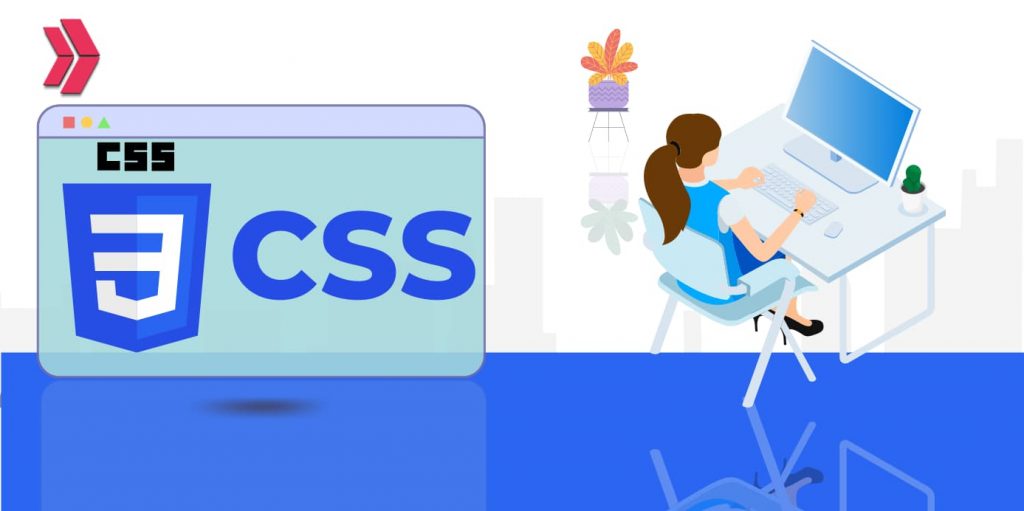
Features
- CSS has selectors to pick HTML elements on the page. It even has pseudo-classes to style specific URL-targeted elements.
- CSS has text effects and layouts. You can change the website’s font family, size, or color.
- Creating art pieces with CSS alone is possible without any CSS frameworks.
Pros
- CSS can save a lot of time. Once written, CSS code can be used in all HTML files. Therefore each styling that CSS refers to can be usable by any HTML file import.
- In addition, CSS is easy to maintain. Developers can easily make global changes with simple codes; after those changes, all web pages will be automatically updated.
- CSS is used more than HTML attributes in the case of styling.
Cons
- In the absence of an understanding of global and local effects, you can run into problems. For example, you need to understand that each global change will directly affect every single HTML page.
- A problem might arise between servers. Developers should keep an eye on compatibility between web browsers.
Famous Website Coded with CSS
- Coastal World
3. JavaScript
JavaScript is a programming language used to create dynamic and interactive web pages. JavaScript is in the top three of front end languages list. It allows developers to add interactivity, animations, and other advanced features to a website. In the previous analogy, we said that HTML is the skeleton and the CSS is the body. Now we can say that JavaScript is the actions of that body, like walking or running. JavaScript has the ability to make websites live more with special events and actions.
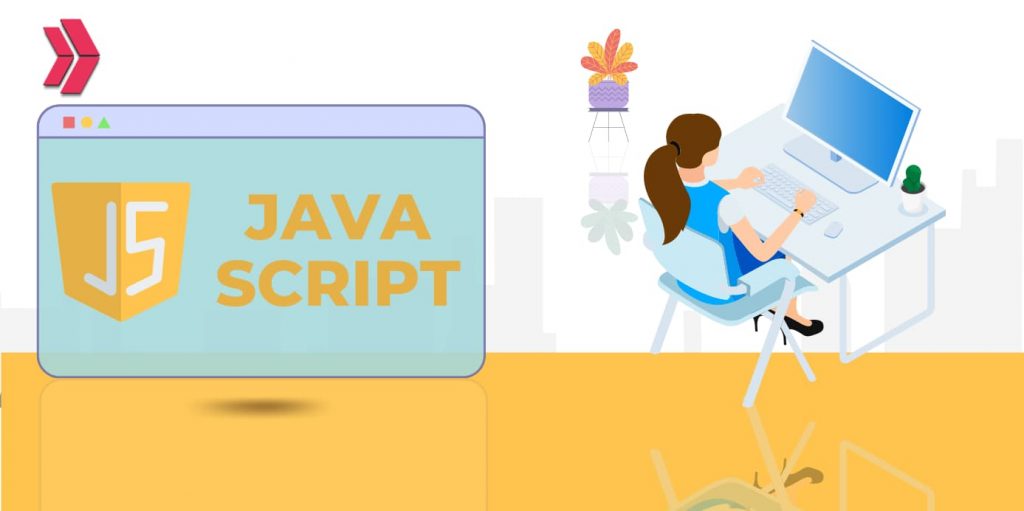
Features
- JavaScript is an object-centered programming language. It means that it plays around with objects.
- JavaScript creates a lot of opportunities for clients, like more flexibility, security, and interaction.
- JavaScript can create websites with validation, click options, and motion.
Pros
- JavaScript has the ability to manage server load. It can reduce server demand dynamically and make backend servers’ jobs easier.
- JavaScript has a lot of rich interfaces that make user experience at a fancy level.
- JavaScript allows developers to extend website functionality by creating third-party apps.
Cons
- Yes, it has got more security options than HTML, but it still lacks server-side security.
- Some JavaScript codes might not work ideally in different browsers.
Famous Website Coded with JavaScript
- Amazon
4. React
React is a JavaScript library for building user interfaces. In the case of front end languages and frameworks, React is the most popular one at the moment. Originally React was developed by Facebook for more fast and more organized web development. It is a javascript framework that allows developers to create components and render them in need. It manipulates DOM (Document Object Model) in a website to work part by part. It also has React Native, which is just specific for the mobile development of web apps. React has an enormous amount of extensions and architecture support for UI/UX design.
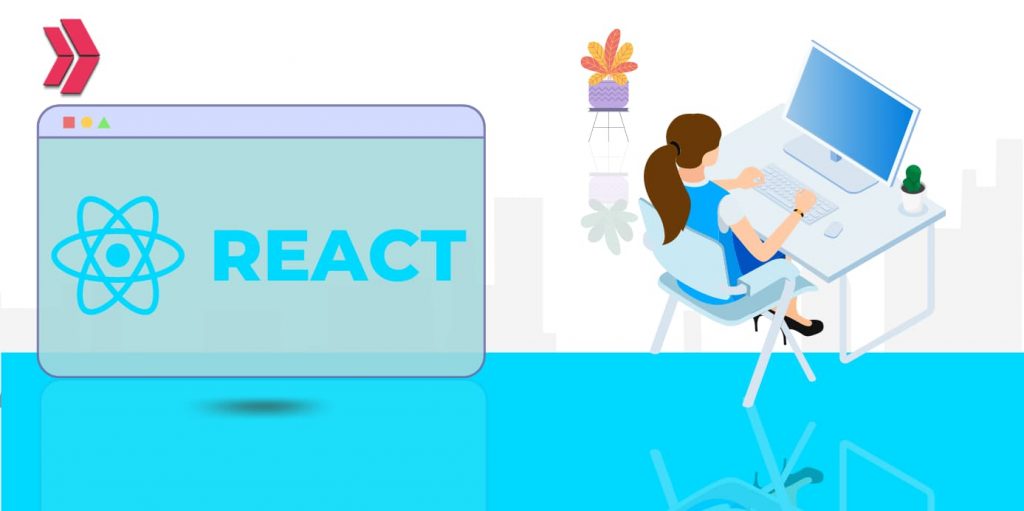
Features
- React has a JSX file type, making code easier to understand and debug. JavaScript’s original DOM structure is rather complex than JSX.
- React has a Virtual DOM that allows websites to change just a particular object instead of the whole DOM.
Pros
- React has too many sources to learn, which makes it easy to learn. There are online tutorials and specific programs that include React, such as full stack developer courses.
- In addition, react’s Virtual DOM makes it fast and easy to optimize to get the best performance.
Cons
- The React environment is too dynamic and hard to follow. In addition, many new technologies are developing, and it is hard to keep up with them.
Famous Website Coded with React
- Airbnb
5. Vue
Vue is a progressive JavaScript framework for building user interfaces. It is designed to be flexible, scalable, and easy to use. The frontend language aims for optimal adaptability. The primary Vue library is centered on a view layer and is simple to use and readily linked with other current project libraries. The programming language was developed by an ex-Google employee named Evan You. In the case of the languages for front-end web development, Vue is the biggest rival of React. It is open source and uses the same logic as React, a single-page application.

Features
- Vue uses Virtual DOM, which is the same as React. It works like this, there is a copy of the main DOM, and it reacts to the changes in DOM. After changes happen in the virtual DOM, Real DOM is updated.
- Because of its MVVM design, VueJS supports two-way data binding. Therefore, using the QRR to modify or assign HTML value attributes speeds up HTML blocks. In addition, VueJS supports two-way communication to guarantee that any changes to the UI are reflected in the UI.
Pros
- Vue has the advantage of flexibility. Developers can create templates with virtual nodes in JavaScript. If you understand Angular or React, it also makes it easy to understand Vue.
- Vue has great tooling. It has built-in functionalities like Routing, TypeScript, and Unit testing.
- Vue has two-way communication. Data will also change in the UI if there is any user interface.
Cons
- There are some language barriers because Vue also has Chinese language support, creating compatibility issues.
- Also, it has got over flexibility which might cause errors.
Famous Website Coded with Vue
- Alibaba
6. Angular
AngularJs is a free and open-source JavaScript front-end framework commonly used to build single-page web applications (SPAs). It is one of the front-end development languages that is always evolving and extending to give better methods for constructing online apps. It transforms static HTML into dynamic HTML. It expands HTML attributes using Directives and binds data with HTML. Google engineers Adam Abrons and Misko Hebert created it.

Features
- Angular has its own CLI, which allows creating commands to create Angular apps faster.
- Angular offers very high performance and easy-to-learn installation.
Pros
- Angular has out-of-the-box capabilities like the default.
- The Angular configuration provides a plethora of tools for developers to get started with.
- Angular has consistency with responsive web app design and services.
Cons
- Angular lack of SEO options.
- Angular can be complex for some users.
Famous Website Coded with Angular
- Mixer
7. TypeScript
TypeScript is a programming language developed by Microsoft. It is one of the top front end languages that uses JavaScript syntax but with types. So, TypeScript is a more complex version of JavaScript with similar functionality to type-based languages.
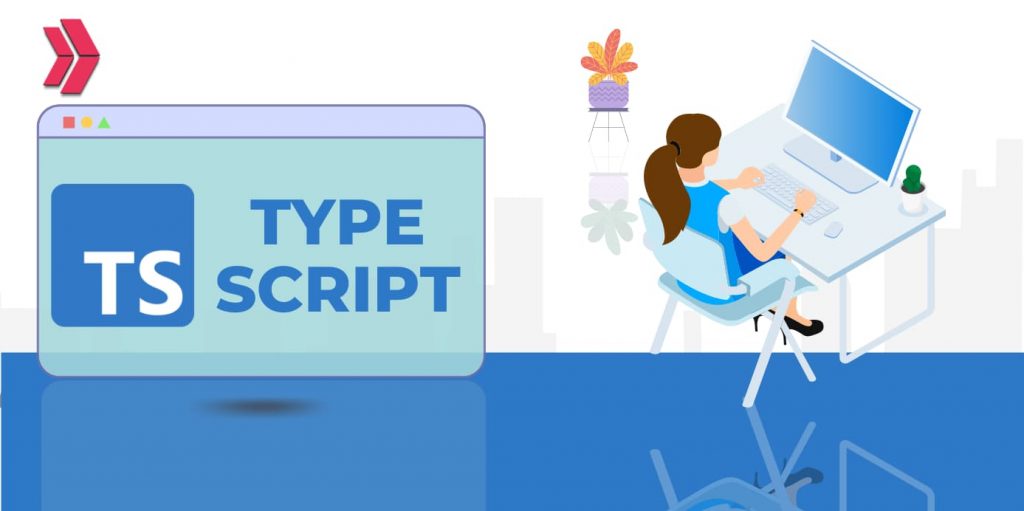
Features
- TypeScript is very similar to JavaScript, which makes it easy to learn. If the developer is good at JS, they can learn TS easily.
- TypeScript also has JS library support that offers a lot of opportunities.
- You may rename any JS file to TS.
Pros
- TypeScript has script typing, meaning elements of TS remain the same as how they were set.
- TypeScript has structural typing.
- TypeScript has type definitions that help developers prevent future errors.
Cons
- There are compiling errors with TS with old systems.
- Type definition might be hard sometimes.
- Each TS should convert to JS before running the app.
Famous Website Coded with TypeScript
- Vivivit
8. jQuery
jQuery is an open-source JavaScript library that simplifies interactions between an HTML/CSS page, or more precisely, the Document Object Model (DOM), and JavaScript. jQuery facilitates HTML document traversal and manipulation, browser event handling, DOM animations, Ajax interactions, and cross-browser JavaScript programming, to name a few features. jQuery is kinda easy in the case of front end coding languages.

Features
- jQuery has the ability of both CSS and HTML manipulation.
- jQuery has support for most modern browsers.
Pros
- jQuery uses JS syntax, which is easy to learn.
- jQuery code can be simple.
Cons
- jQuery functionality might be limited with recent rapid developments.
- jQuery needs a JS file which makes the app needier.
Famous Website Coded with JQuery
- No Fun
9. Swift
Swift is a programming language developed by Apple for developing applications for macOS, iOS, watchOS, and tvOS platforms. It was introduced in 2014 and quickly gained popularity among developers due to its modern syntax, ease of use, and speed. So it is one of the front end languages for ios app development. It’s an excellent choice for iOS mobile apps.
This Objective-C alternative has several flaws and is deemed obsolete. However, Swift does support several Objective-C ideas, such as extensible programming. The distinction may be observed in static typing as well as protocol design.

Features
- Swift has some syntax of Objective-C.
- It is the best option for iOS programmers.
Pros
- Swift is open source which has large community support.
- Swift is safe to code in an error-free environment.
Cons
- Swift has no support for older versions of iOS.
- Swift is still in growing demand, making it, not the most popular.
Famous Apps Coded with Swift
10. SASS
SASS (Syntactically Awesome Style Sheets) is not a front-end language per se, but rather a powerful preprocessor for CSS (Cascading Style Sheets). So it is a CSS-like programming language. With its characteristics, SASS provides users with the benefits of variables, nestles rules, mixins, and other capabilities for a more fluid front-end experience.
Keep in mind that SASS files need to be compiled into standard CSS files before being used in a website or web application. Various build tools and task runners, such as Gulp, Grunt, and Webpack, can be used to automate this process during development.

Features
- SASS has a developer mindset for styling.
- SASS makes styling easier and more organized.
Pros
- SASS has reusable features.
- SASS provides clear code.
Cons
- SASS code must be compiled into CSS every time changes are made, ensuring that the latest styles are reflected on the website or web application.
- SASS can present challenges when troubleshooting, as its compiled nature may make it difficult to identify the source of an issue in the original SASS code.
Famous Websites Coded with SASS
- Toyota
- Coursera
- Medium
- Trello
Conclusion
To sum up, we talked about the top 10 front-end languages which are the most popular at the moment. In general, most of them are easy to understand, and with great effort, you can become experienced in front-end web development.
If you are interested in diving deeper into the skills required for a successful front-end developer career, check out our other blog post on the “9 Essential Front End Developer Skills: Are You Ready to Build User-Friendly Websites?“.
If you want to learn most of the topics here and more, you can join Clarusway’s front-end developer bootcamp!


